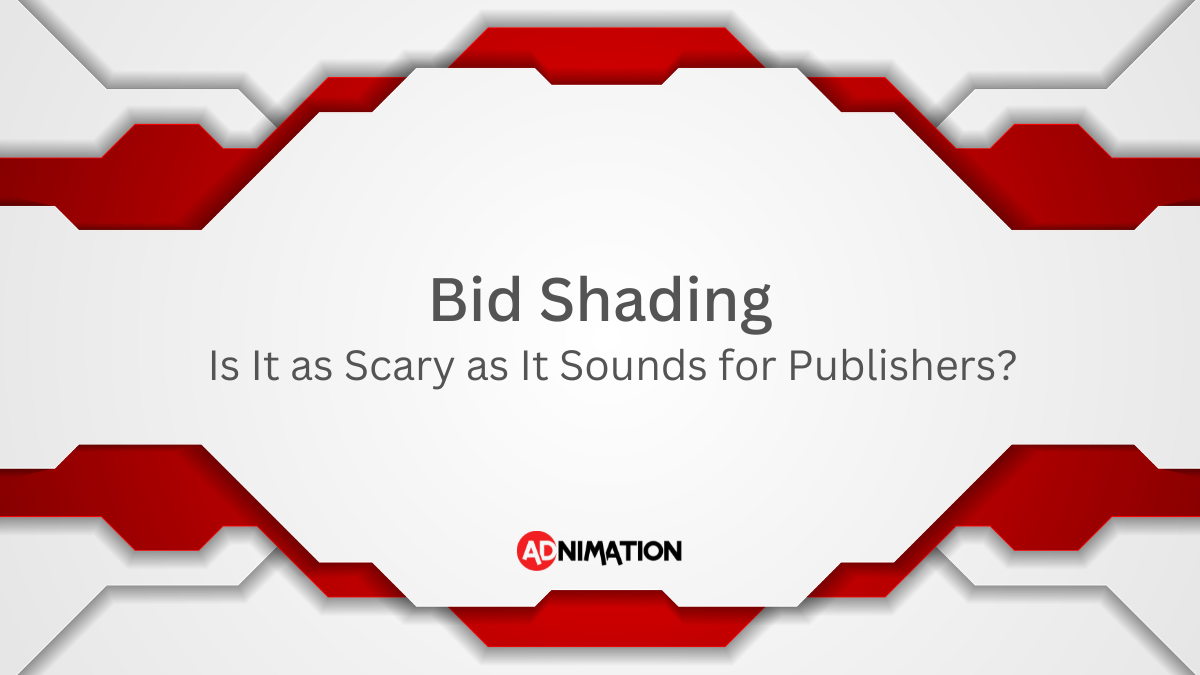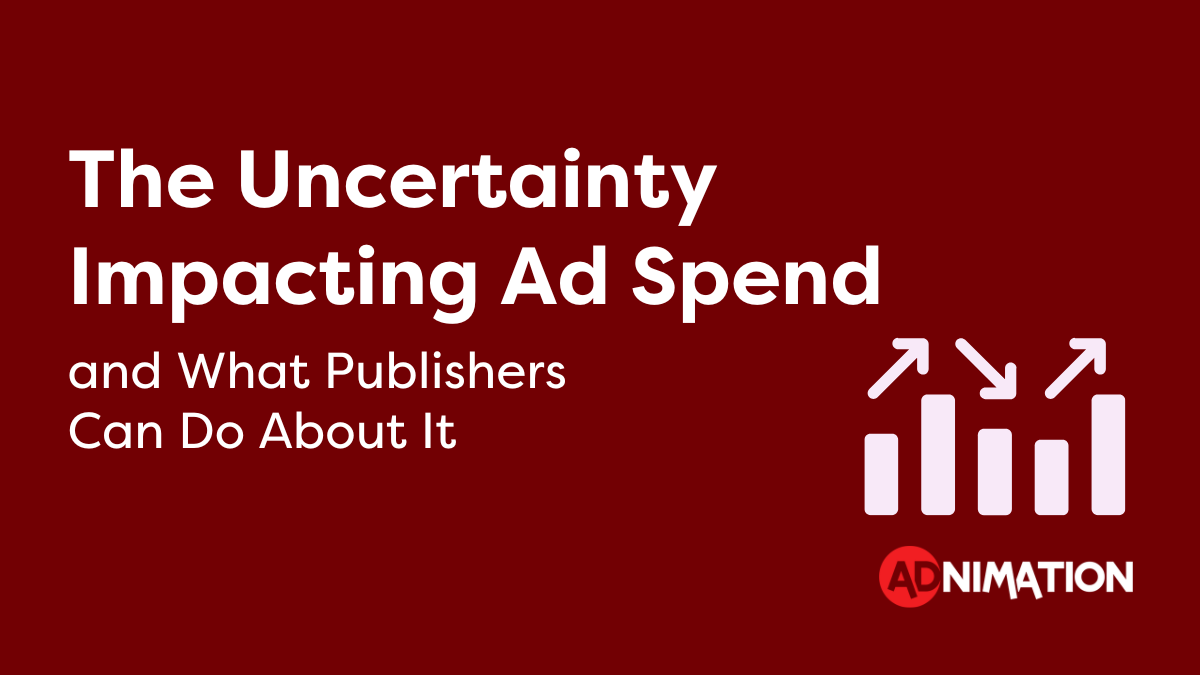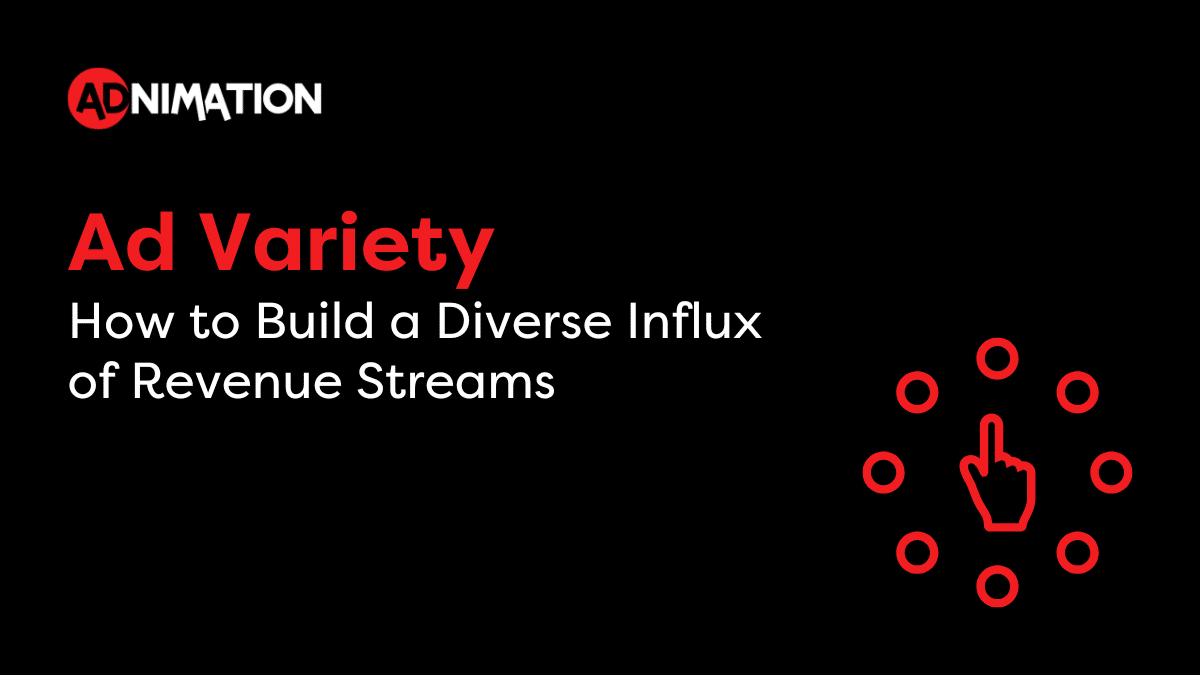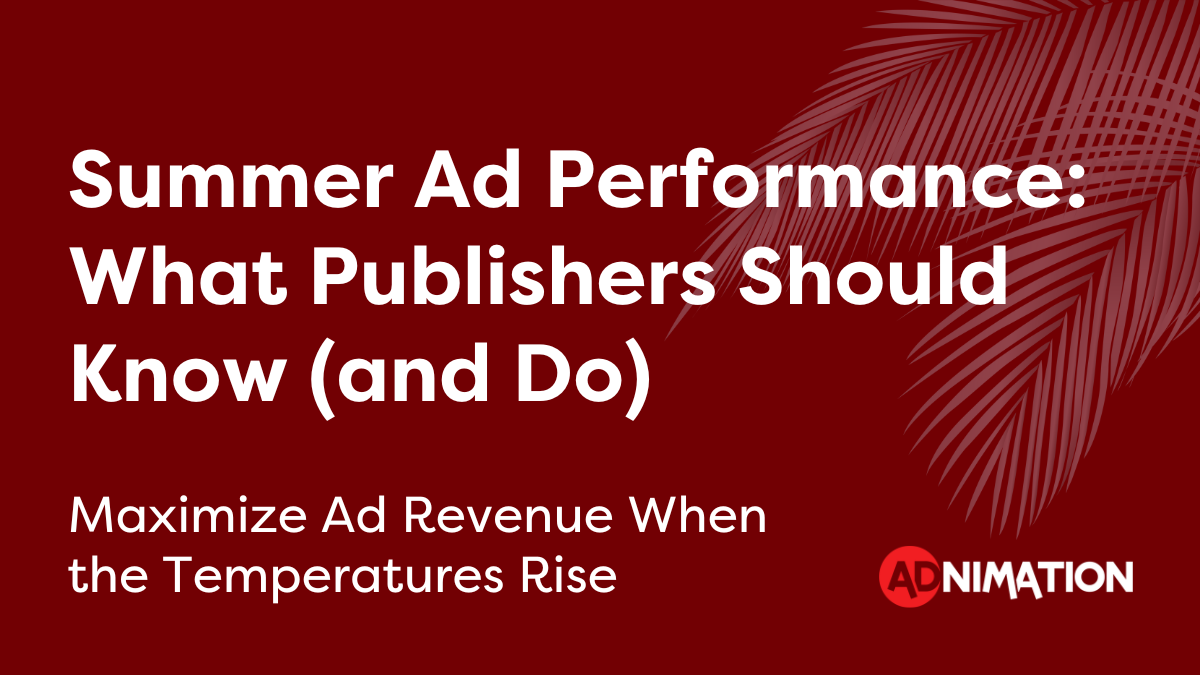Bid shading – sounds a bit scary.
In truth, it is a little scary for publishers, seeing as it’s a way to help advertisers spend less.
But what exactly is bid shading and how does it impact your revenue?
We are going to explain everything you need to know in this article.
What is Bid Shading?
Bid shading is a technique used by demand-side platforms (DSPs) and ad exchanges to help advertisers spend less money. It works by using an algorithm to determine the average price between the highest and lowest bids in a first-price auction, which allows the advertiser to win the auction without overpaying.
In other words, the algorithm analyzes an array of data such as bid data, ad size, site, and exchange to determine what’s the minimum advertisers need to pay to still win the bid.
Bid shading was developed in response to the shift from second-price auctions, which benefit the advertisers, to first-price auctions, which benefit the publishers.
To better understand bid shading, let’s delve a little deeper into the differences between first-price and second-price auctions.
First-Price vs. Second-Price Auctions
There are two types of auctions in programmatic advertising: first-price and second-price auctions.
Let’s start with what came first: second-price auctions.
What Is a Second-Price Auction?
In a second-price auction, the highest bidder wins the auction, but only pays the second-highest bid price plus one cent.
For example, if Advertiser A bids $5 for an ad impression and Advertiser B bids $4 for the same impression, Advertiser A will win the auction but will only pay $4.01.
The reason this benefits advertisers is because it allows them to place a large bid yet never pay a cent more than what the impression is really worth.
For years, second-price auctions were the standard in programmatic advertising. However, in recent years there has been a move toward first-price auctions.
What is a First-Price Auction?
In a first-price auction, the highest bidder wins the auction and pays its full bid price.
Using the same example as above, if Advertiser A bids $5 for an ad impression and Advertiser B bids $4 for the same impression, Advertiser A will win the auction and will pay the full $5.
The reason this benefits publishers is because advertisers pay the full amount of their bid, which means publishers generate the highest possible revenue.
Why the Move to First-Price Auctions?
The move from second-price to first-price auctions was largely driven by a desire for greater transparency and simplicity in the auction process. In a second-price auction, it can be difficult for advertisers to understand how their bid was factored into the final auction price. This lack of transparency can lead to distrust in the auction process.
Additionally, the rise of header bidding led to an increase in bid duplication and reduced the effectiveness of second-price auctions. In a header bidding scenario, if two advertisers bid the same amount for an ad impression, they will both win the auction but only pay the second-highest bid price. This can lead to advertisers intentionally submitting multiple bids to increase their chances of winning the auction.
The theory behind the first-price auction is that it creates a more transparent and fair auction system. In a first-price auction, advertisers are incentivized to bid their true value, because they know that they will need to pay their full bid price if they win the auction.
Impact of Bid Shading on Publishers
It’s needless to say that bid shading is bad for publishers.
Think about it: if advertisers are paying lower CPMs, that means publishers are generating less revenue.
In fact, The Trade Desk reported that bid shading reduced publisher CPMs by 20%.
However, publishers are still generating much more than they would with second-price auctions.
What Can Publishers Do to Combat Bid Shading?
At this point, you might be feeling really down. And we get it – it seems that the entire ad tech world is catered toward advertisers.
But as a publisher, there are two primary solutions you can implement to reduce the harm of bid shading:
Hybrid Header Bidding
Hybrid header bidding is an innovative technique that combines the advantages of the client-side and sever-to-server side methods of header bidding.
In doing so, it solicits more bids while maintaining high CPMs and fast loading times.
In fact, research found that hybrid header bidding outperforms standard header bidding by an average of 18%.
With bid shading reducing CPMs, hybrid header bidding is an effective method to bring in more quality advertisers that will increase the bids and generate higher CPMs.
Floor Prices
Floor prices are the minimum price a publisher is willing to accept to run an ad.
Adjusting and optimizing your floor prices can ensure that you aren’t accepting low bids that will continue to snowball through the help of bid shading.
Bottom Line
Big shading is tough on publishers, but there are measures to combat it.
Implementing the necessary measures requires an advanced understanding of ad technology, which is not easy to come by.
Working with a Google Certified Publishing Partner (GCPP) like Adnimation that can implement proprietary hybrid header bidding and set effective floor prices is a good way to ensure you are generating the highest possible ad revenue.
Get in touch with us today and learn how we can help!




